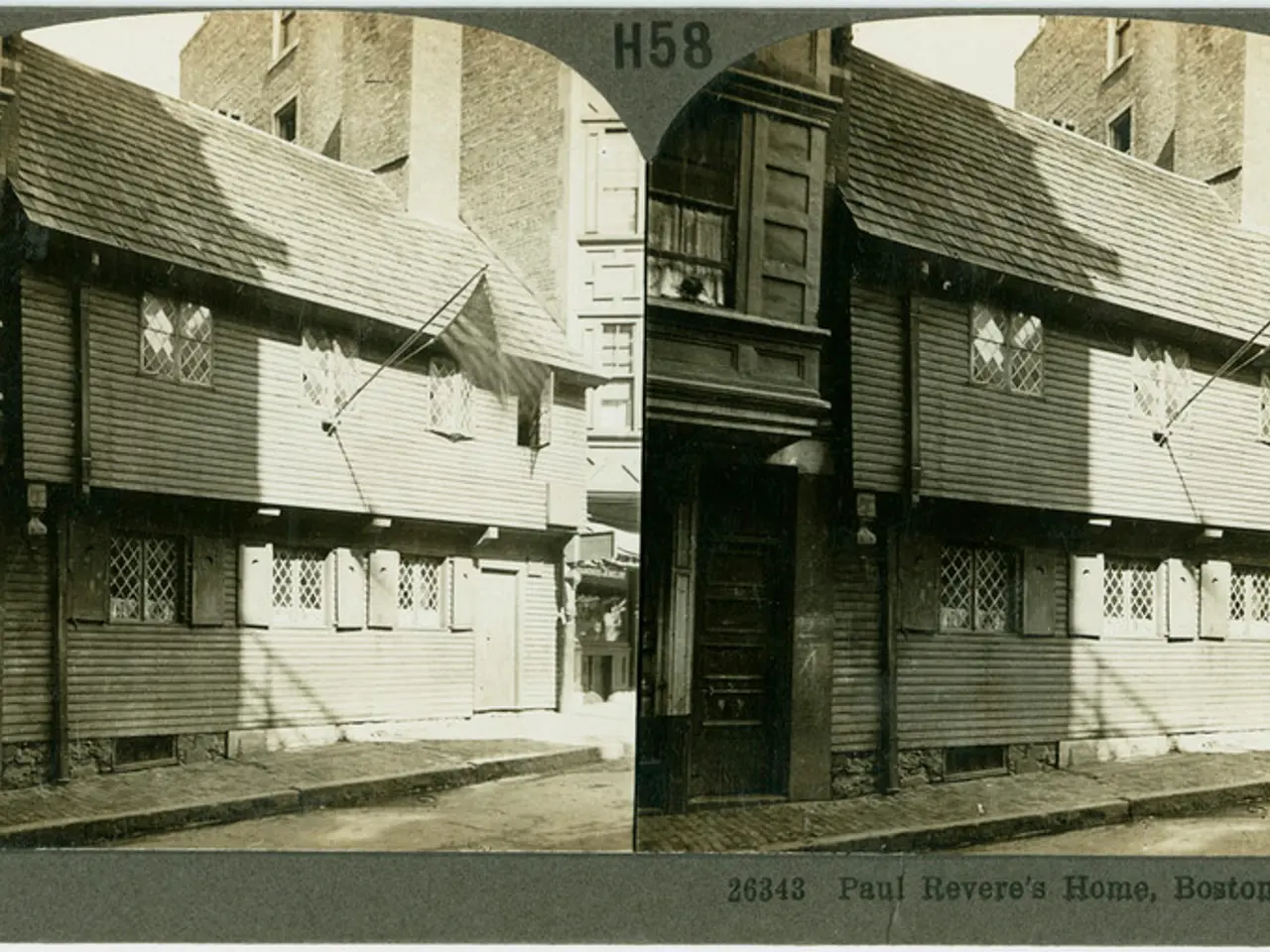Designation: Historically Significant Structures
Finding Source Documents for Controlled Unclassified Information (CUI) Related to Historic Property
If you're seeking information on the source documents for CUI authorities with the Banner Marking "CUI//SP-HISTP (Specified)", you've come to the right place. This marking is related to the Location, Character, or Ownership of Historic Property, a category that falls under the HISTP category.
The specific authorities for this marking can be found in various federal statutes and regulations. For instance, 54 USC 307103 is a part of the United States Code related to historic preservation and likely outlines preservation standards or protections that imply sensitive controlled information related to historic sites.
Similarly, 36 CFR 60.6(x) addresses regulations under the National Register of Historic Places, setting forth criteria for identifying certain CUI for historic preservation purposes. This section specifies what information must be protected due to its sensitive historic preservation status.
Lastly, 36 CFR 800.11(c) pertains to the protection of historic properties during federal undertakings per Section 106 of the National Historic Preservation Act. This section governs how agencies manage and protect historic properties information, including the handling and marking of such CUI.
To locate these source documents, you can start by accessing the official text of these codes through government websites such as the Legal Information Institute at Cornell Law School, the U.S. Government Publishing Office’s govinfo.gov, or the National Archives eCFR portal.
Furthermore, consult the National Archives and Records Administration (NARA) and the National Park Service website, which manage historic preservation and provide guidance on historic preservation regulations and CUI marking standards.
Lastly, review the NIST Special Publication 800-171 and related documents for detailed Controlled Unclassified Information handling practices and marking guidelines relevant to these authorities. Since CUI marking requirements generally align with these cybersecurity and information protection standards, this review will provide valuable insights.
By combining statutory/regulatory texts, official federal agency guidance on historic preservation compliance, and NIST standards for CUI marking, you can identify the authoritative source documents underpinning the "CUI//SP-HISTP (Specified)" marking.
Please note that no direct source documents for this specific banner marking were found in the search results, but the above process guides where to locate them within the legal and regulatory framework governing historic preservation-related CUI. For more detailed handling and flow control of CUI, review NIST SP 800-171 and CMMC compliance guidance.
[1] NIST Special Publication 800-171: Protecting Controlled Unclassified Information in Nonfederal Information Systems and Organizations [3] CMMC: Cybersecurity Maturity Model Certification
In the quest for information about the source documents for the Banner Marking "CUI//SP-HISTP (Specified)", reviewing the NIST Special Publication 800-171 and related documents can provide insights into CUI handling practices and marking guidelines that are relevant to this marking. Additionally, essential details surrounding the protection of historic properties and the handling of CUI can be found in various federal statutes and regulations, such as 54 USC 307103, 36 CFR 60.6(x), and 36 CFR 800.11(c).




